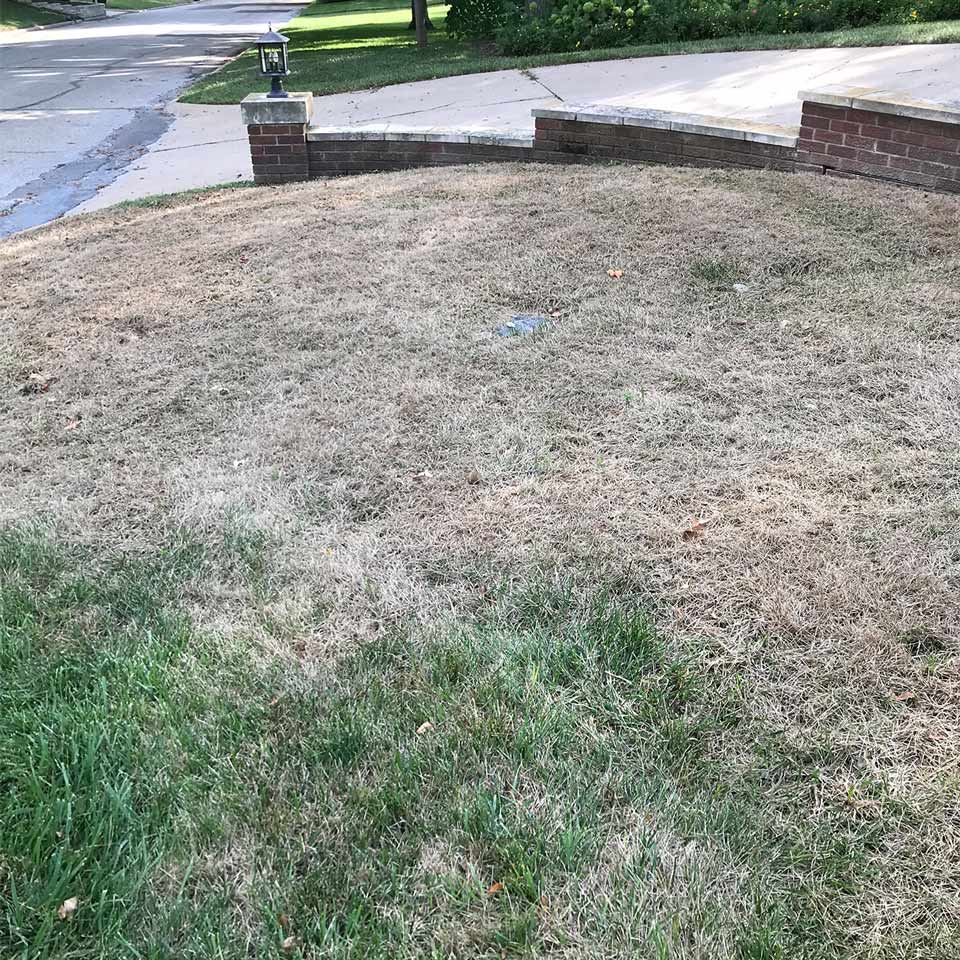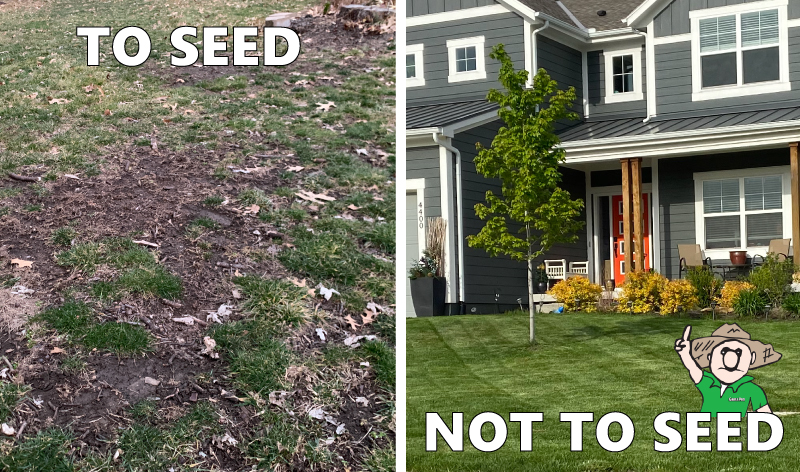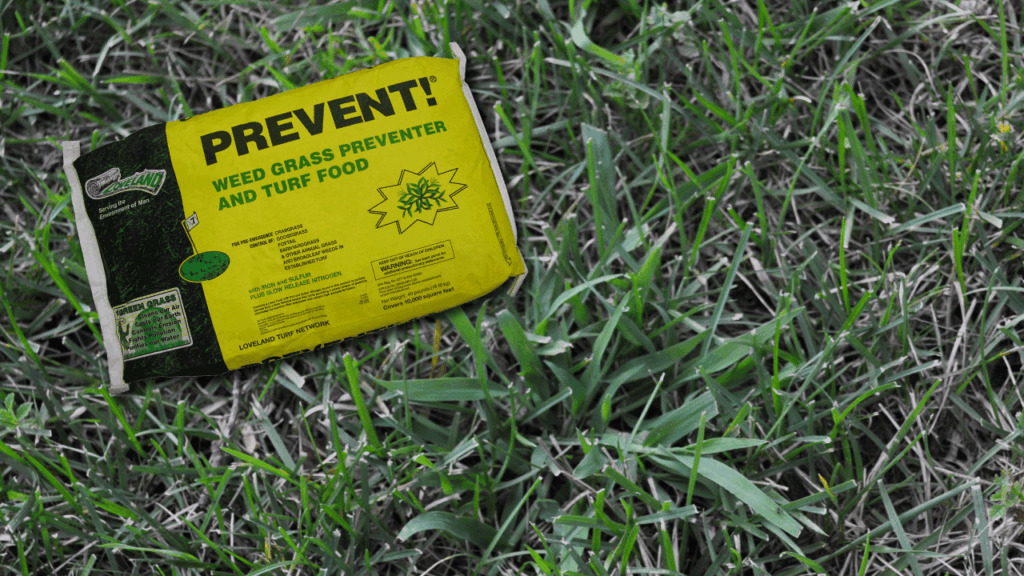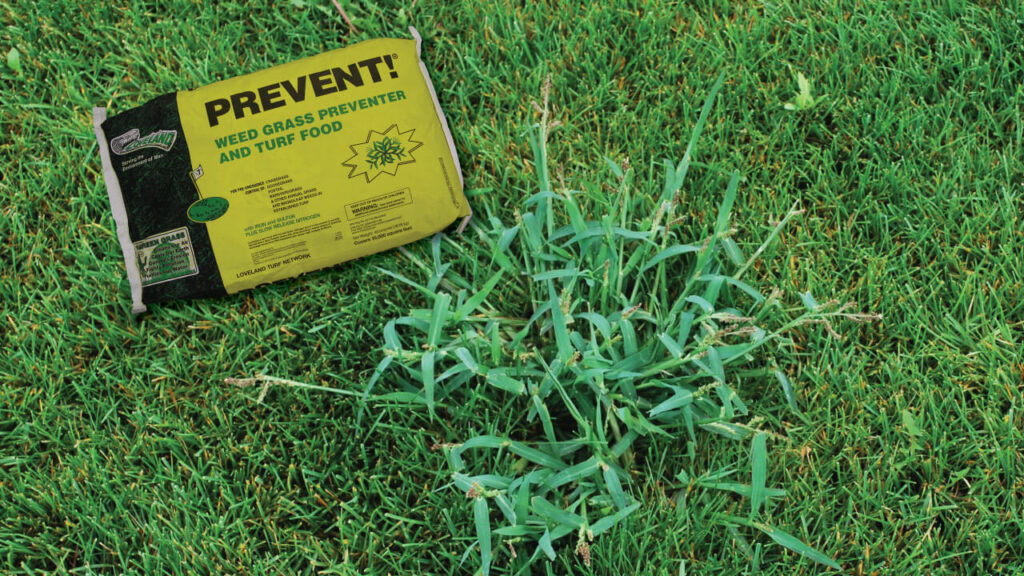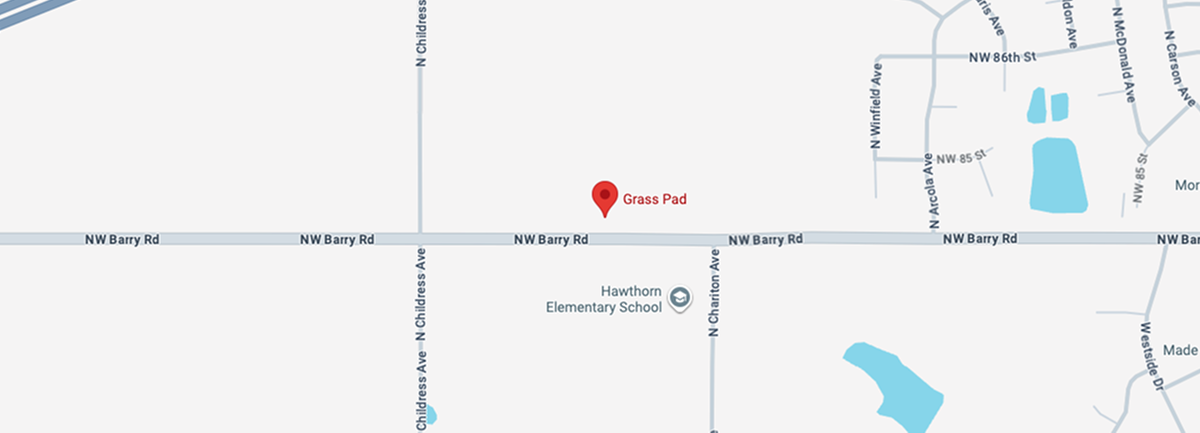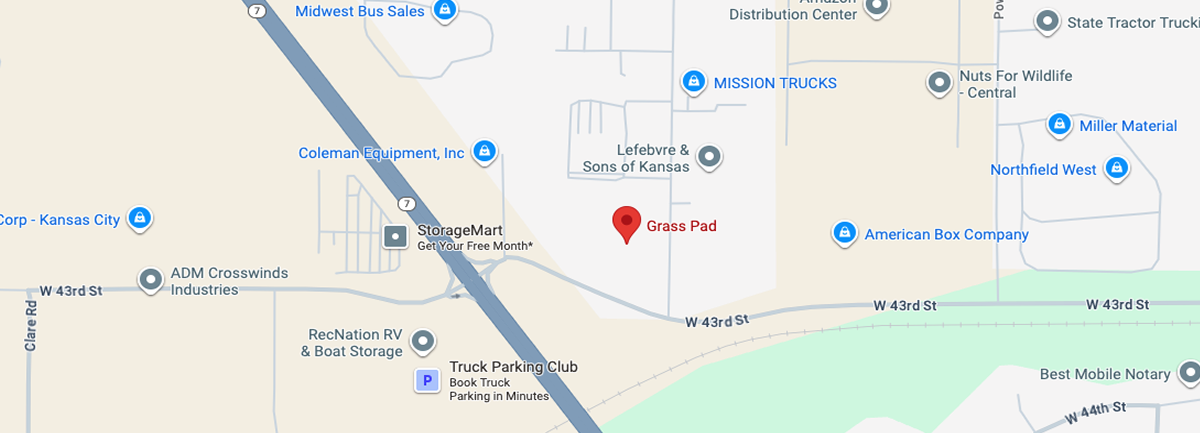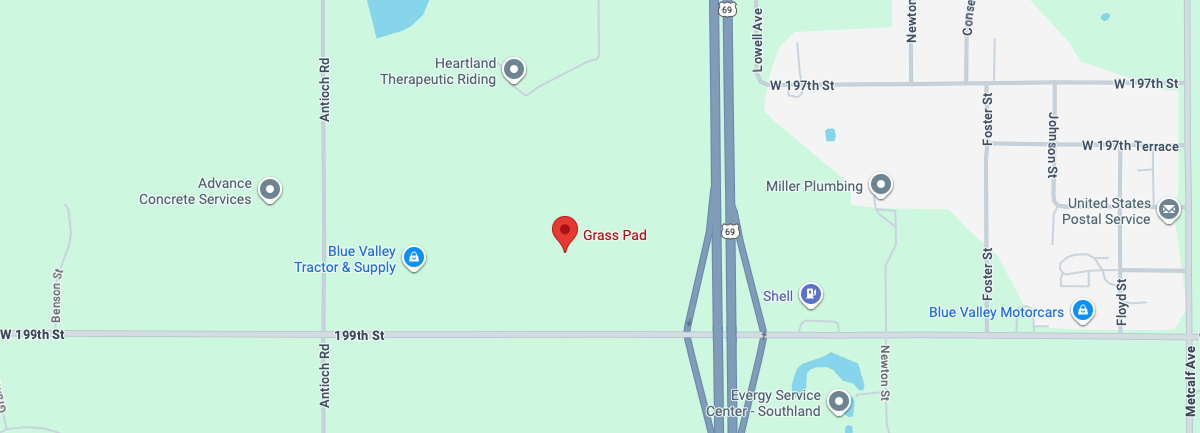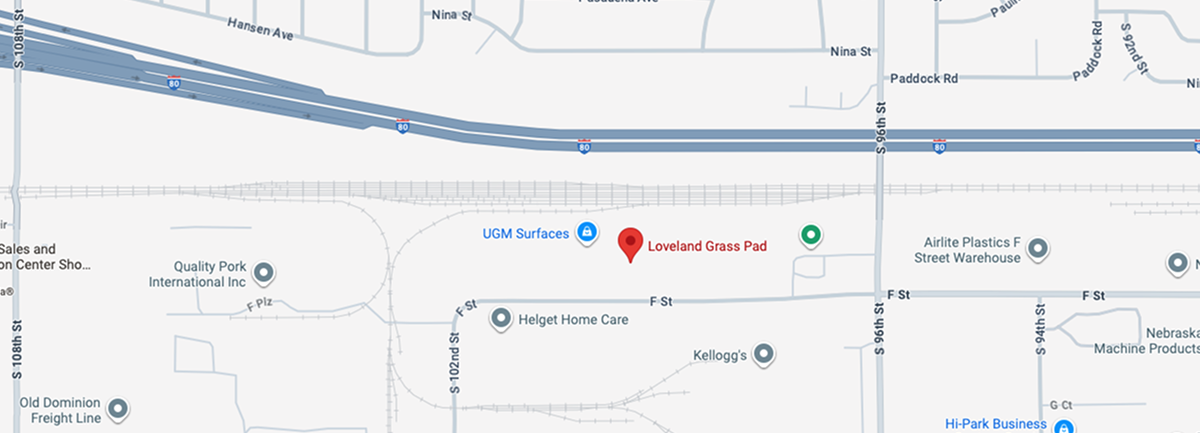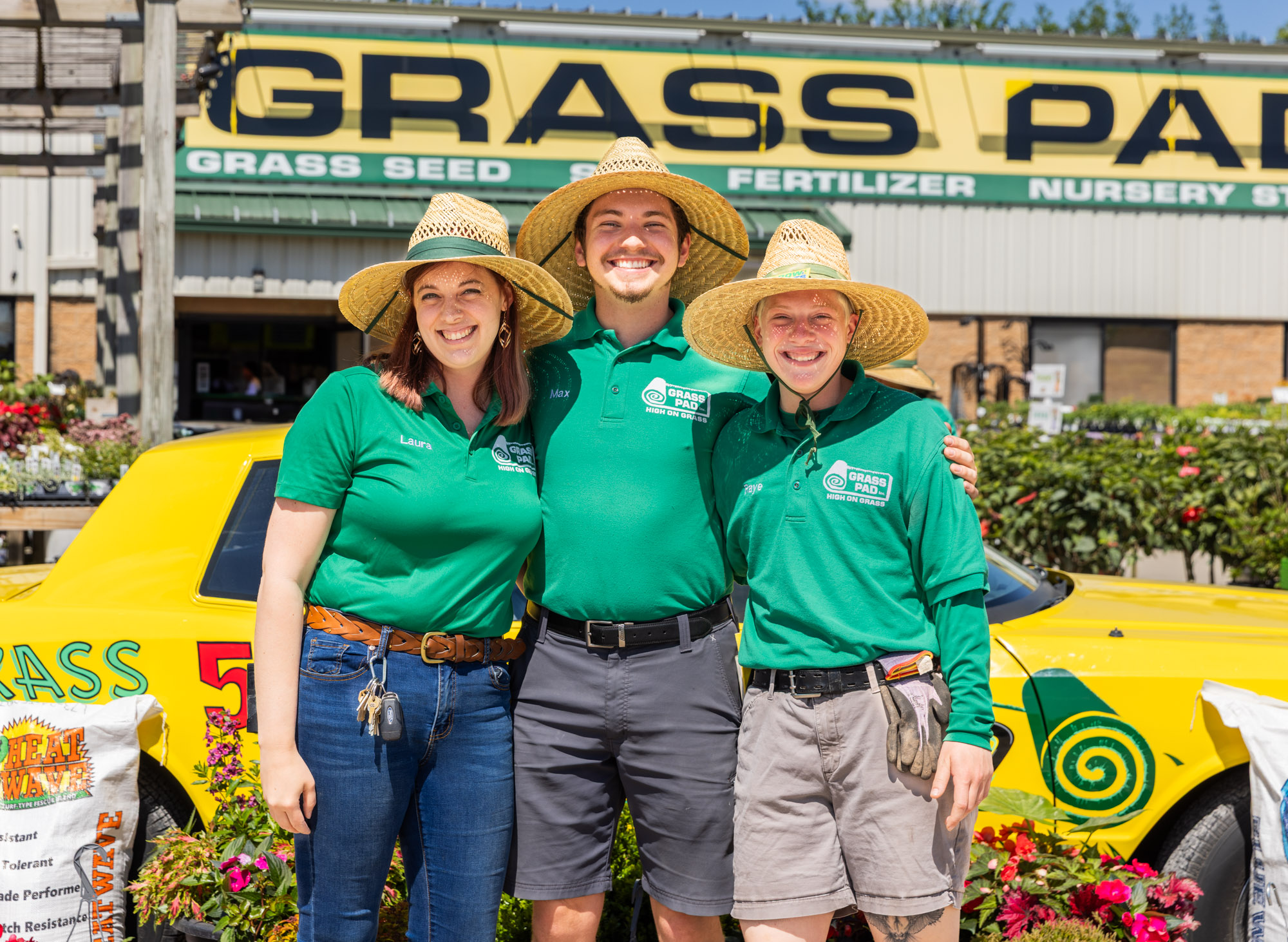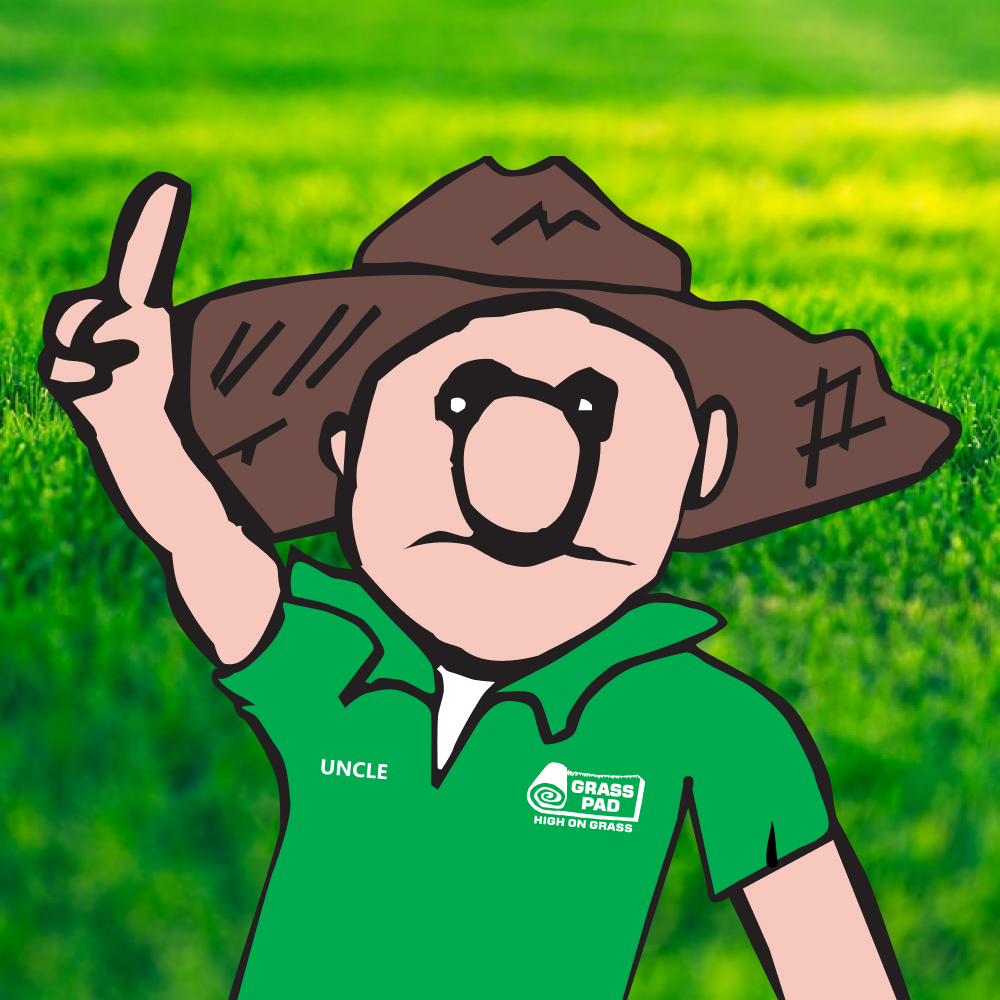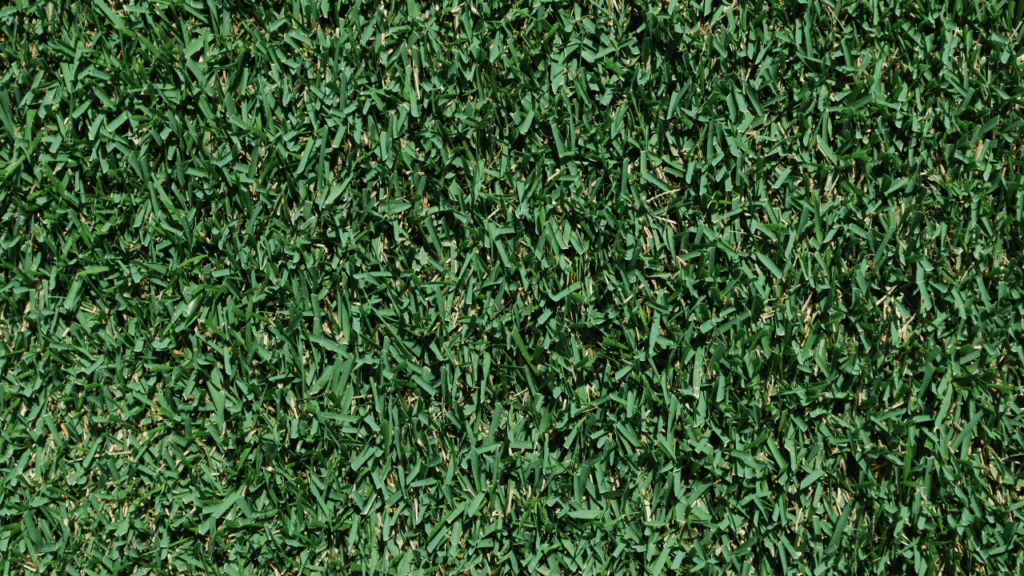
Zoysia and Bermuda grass are both warm-season grasses and require similar maintenance. Around the Midwest, zoysia grass is popular at golf courses but not so much for homeowners. However, there are most definitely pros and cons of warm-season grasses. The final decision ultimately comes down to what you personally value and strive for from your home lawn.
The Good: The one major appeal is its low maintenance. Zoysia grass also makes for a durable lawn as it is resistant to weeds, insects, and diseases that would be bad news for other types of grass. Zoysia is an extremely aggressive spreading grass that can literally choke out weeds. Zoysia is pleasant on the eyes and feet. It tends to have a soft, fine texture and is naturally low-growing.
The Bad: While zoysia grass boasts a few attributes, there are many downsides. One drawback is that zoysia will not stay green year-round in our climate. Zoysia grass will look its best for about three months of the year, and zoysia lawns lose the desired green hue around mid-autumn. Often, the lawn will stay brown well into Spring, which is a deal breaker for some. So, if year-round color is necessary for you, you may want to think twice before choosing zoysia grass. Zoysia will not tolerate heavy traffic during these dormant periods. Another negative is the very poor shade tolerance under trees. Yards with sun and shade areas would require shade beds under trees or choosing a different type of grass seed to grow in shade.
See Related: Controlling Large Patch in Zoysia
The Ugly: The aggressive nature of zoysia can also be labeled invasive. Be prepared to deal with picky neighbors should your zoysia lawn spread into their property. Zoysia grass is also prone to thatch problems; therefore, routine annual de-thatching and aerification are required. Here in the Midwest, zoysia seed is difficult to establish because of our cool soil temperatures. Thus, most people who choose zoysia grass must plant it in plugs or sod during summer. This can get pricey. And lastly, zoysia grass sometimes takes two to three years to fill out and reach the desired density. It may be low maintenance, but if immediate results are what you want, zoysia grass may not be for you.
See Related: How to Kill Zoysia and Bermuda Grass

